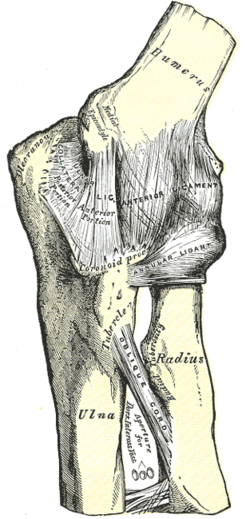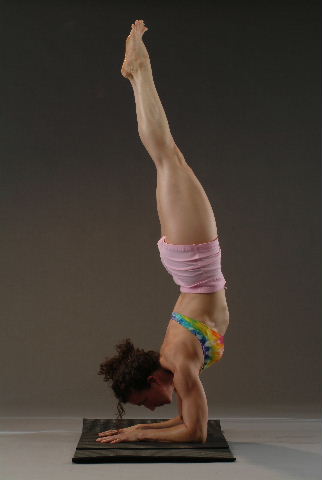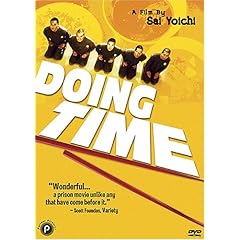The Sound of Wen and Wu
/ I woke up this morning with my arms crossed. Actually more than crossed, knotted-up would be a better description. One hand jutting past my armpit, the other arm wrapped around it twice and dangling between my ear and my shoulder. It took a minute to figure out which arm was which. My honey says I do gongfu in my sleep.
I woke up this morning with my arms crossed. Actually more than crossed, knotted-up would be a better description. One hand jutting past my armpit, the other arm wrapped around it twice and dangling between my ear and my shoulder. It took a minute to figure out which arm was which. My honey says I do gongfu in my sleep.Anyway I've been reading a wonderful dissertation, which I will review when I finish reading it, called "Martial Gods and Magic Swords," by Avron Boretz. The Daoist scholar Paul Katz recommended it.
Today I just want to talk about one of his footnotes. In a discussion about the relationship between wen (civil, scholarly, cultural) and wu (military, martial) he mentions that the drum is wen and the cymbal is wu. That really got me thinking.
The drum establishes order, it is steady and precise. The cymbal is an explosion of sound, it breaks the air and shatters the peace. When I teach kids or perform, I use the drum for stepping, and the cymbal for sudden kicks.
The large gong is, of course, used for bowing, but it is also good for transitions or even moments of transcendence.
The wood-block (called a fish in Chinese) is used for accenting orders or commands, it is often answered by the performer with a stomp of the foot (leading into cat stance or monk stance). It is a high sharp sound. Wood-blocks are used for chanting invocations, and by Buddhists for chanting sutras. The same wood-block sound was traditionally used in formal arguments and teachings to accent an important point that had just been made.
"The Dao which can be named is not the true Dao!" "PAAHK."
The flutes and reed instruments mimic the human voice.

 Confucius said, "If I show the student(s) one corner of the square and he doesn't show me the other three, I change the subject."
Confucius said, "If I show the student(s) one corner of the square and he doesn't show me the other three, I change the subject." I don't look to criticise the student. I first reflect and then acknowledge that I'm not offering a teaching which meets the student where they are, at their learning level or interest. A good teacher will move on to a new subject or try a new approach.
I don't look to criticise the student. I first reflect and then acknowledge that I'm not offering a teaching which meets the student where they are, at their learning level or interest. A good teacher will move on to a new subject or try a new approach.
 organs can function as a government, the heart/mind is the Emperor, the lungs are the chief ministers, the spleen is in charge of ordering, logistics, "ways & means", and the liver is the general, in charge of delivering blood to the troops and mustering them to action.
organs can function as a government, the heart/mind is the Emperor, the lungs are the chief ministers, the spleen is in charge of ordering, logistics, "ways & means", and the liver is the general, in charge of delivering blood to the troops and mustering them to action.



 Well, now that it is spring I will give some simple nutritional advise.
Well, now that it is spring I will give some simple nutritional advise. Alcohol and sugar go right to the heart and brain, so the liver doesn't get a workout. Alcoholics often have really healthy hearts when they die of liver disease. Here is an article about Bitter melon and the seemingly
Alcohol and sugar go right to the heart and brain, so the liver doesn't get a workout. Alcoholics often have really healthy hearts when they die of liver disease. Here is an article about Bitter melon and the seemingly  Japanese society has no such problem because they don't care about moral intent. They treat crime as a problem of impulse control. This point is beautifully and brilliantly illustrated in the film
Japanese society has no such problem because they don't care about moral intent. They treat crime as a problem of impulse control. This point is beautifully and brilliantly illustrated in the film  This is important in the realm of martial arts because the pivotal term here, the operative word, is intent or yi in Chinese. Many internal and external martial artists claim that intent is the most important part of practice.
This is important in the realm of martial arts because the pivotal term here, the operative word, is intent or yi in Chinese. Many internal and external martial artists claim that intent is the most important part of practice.